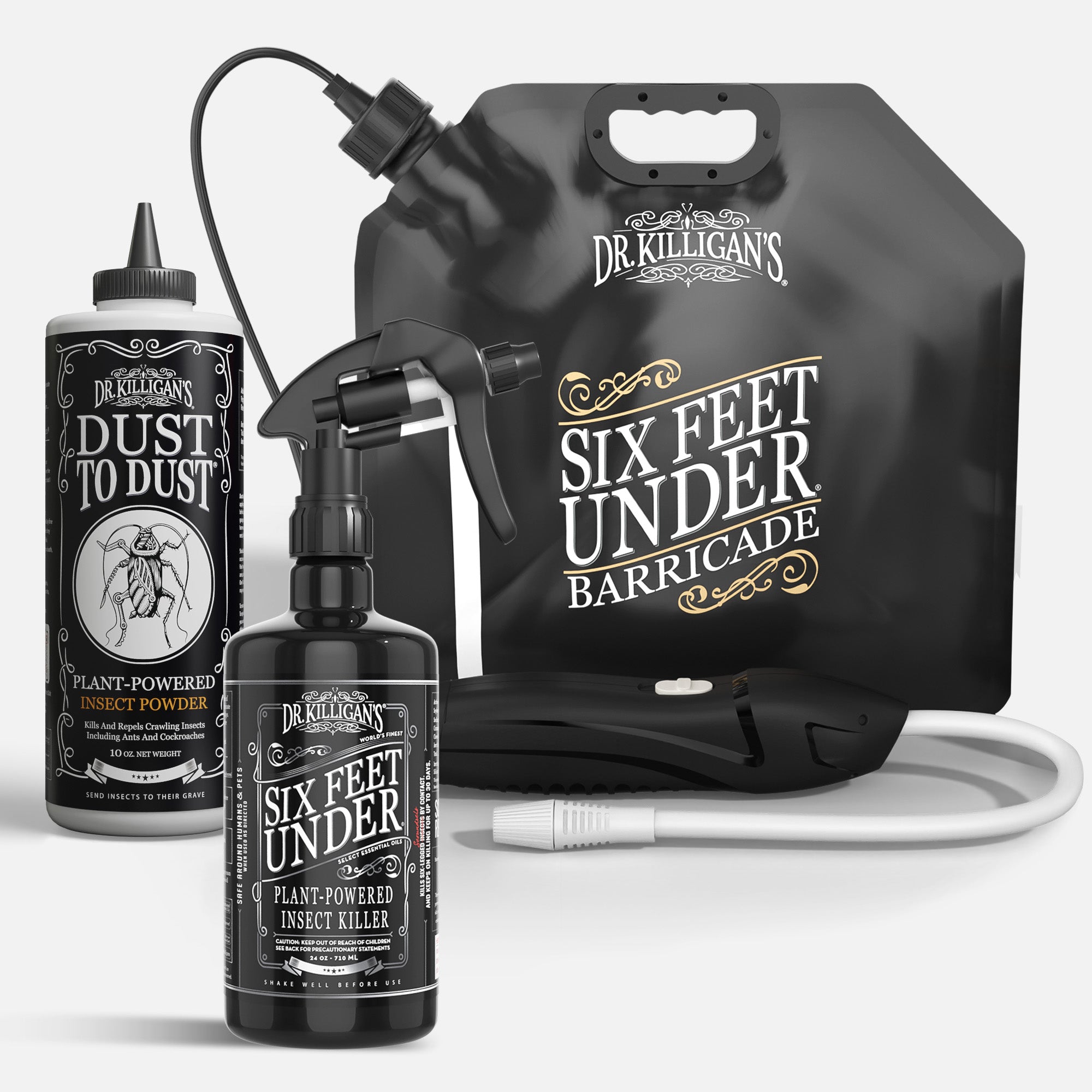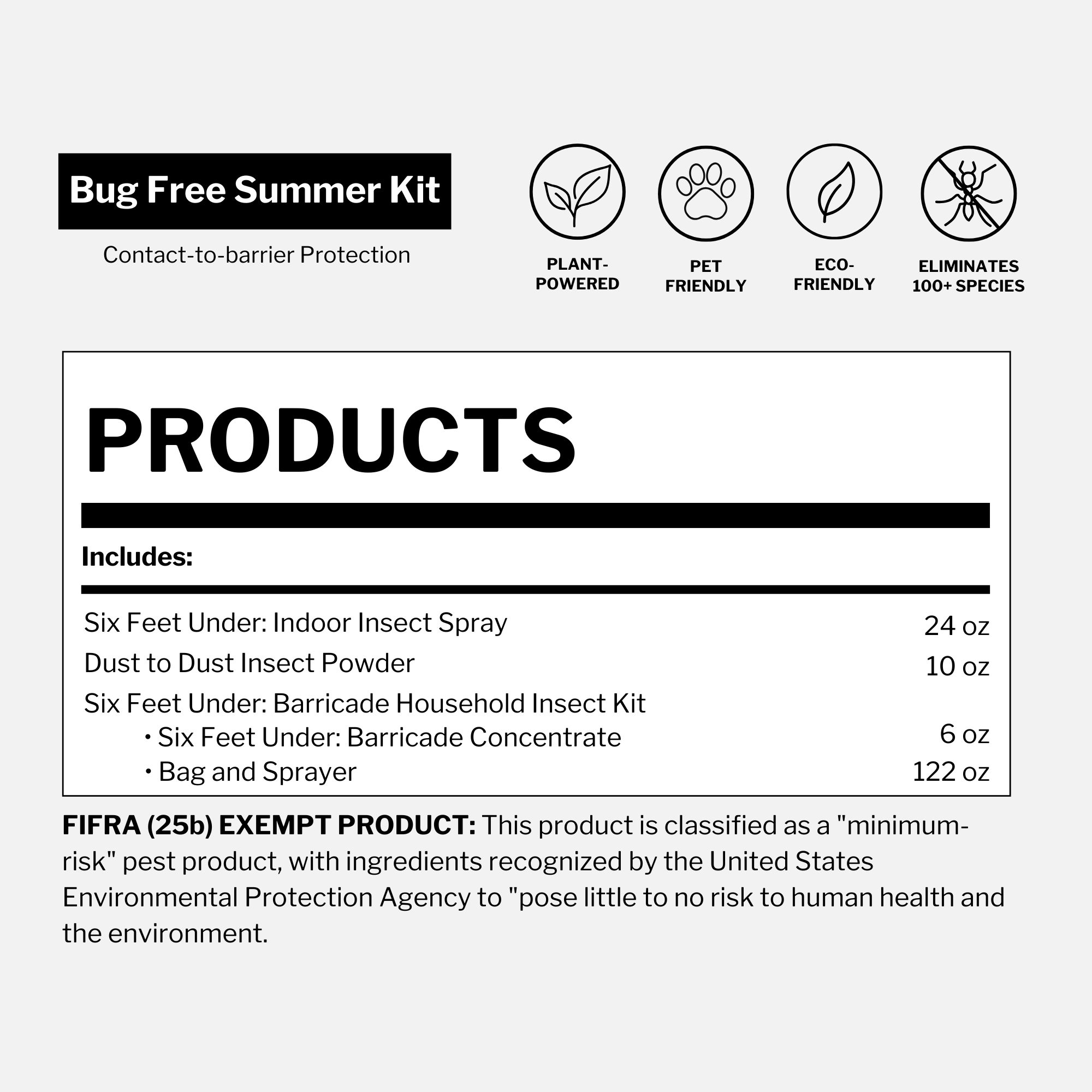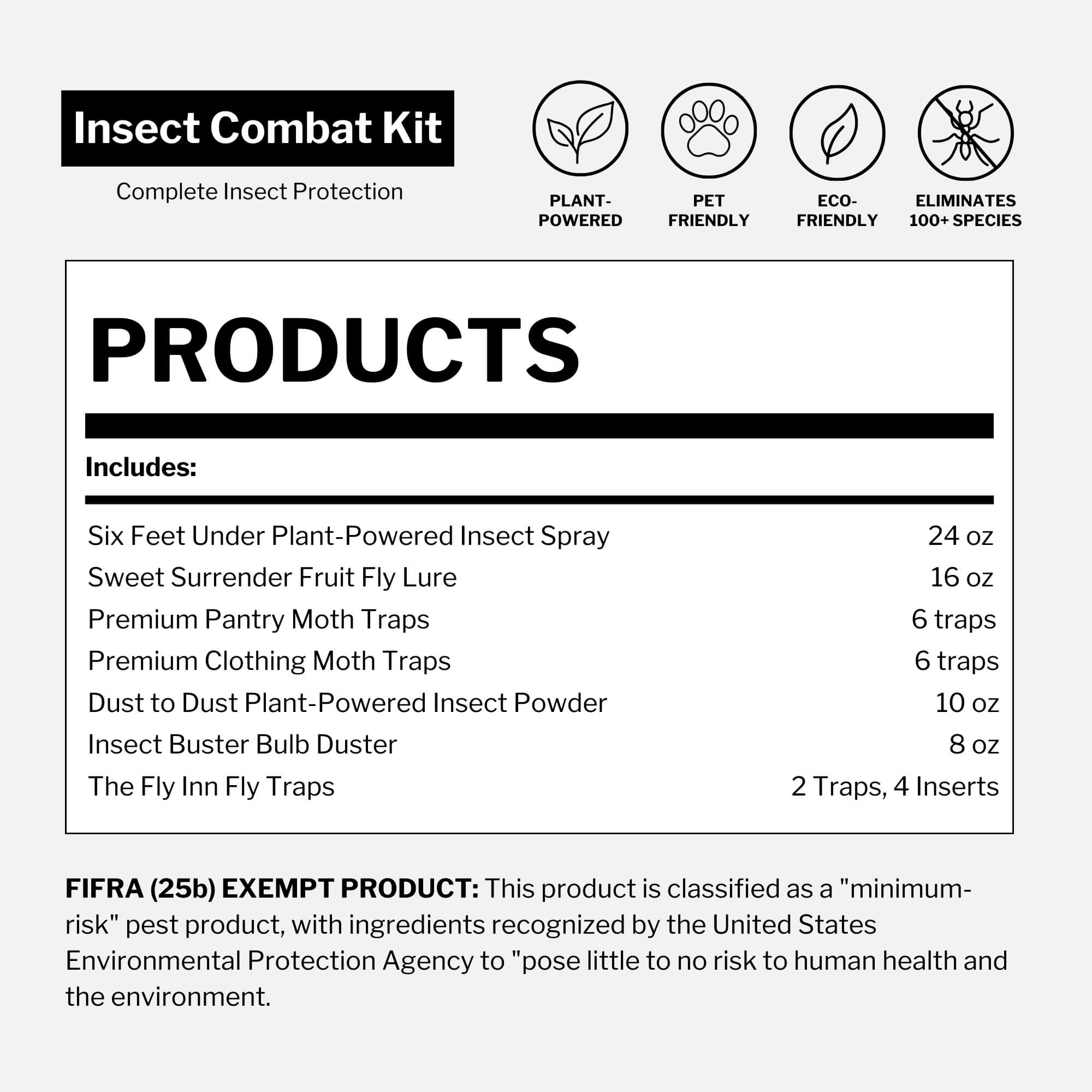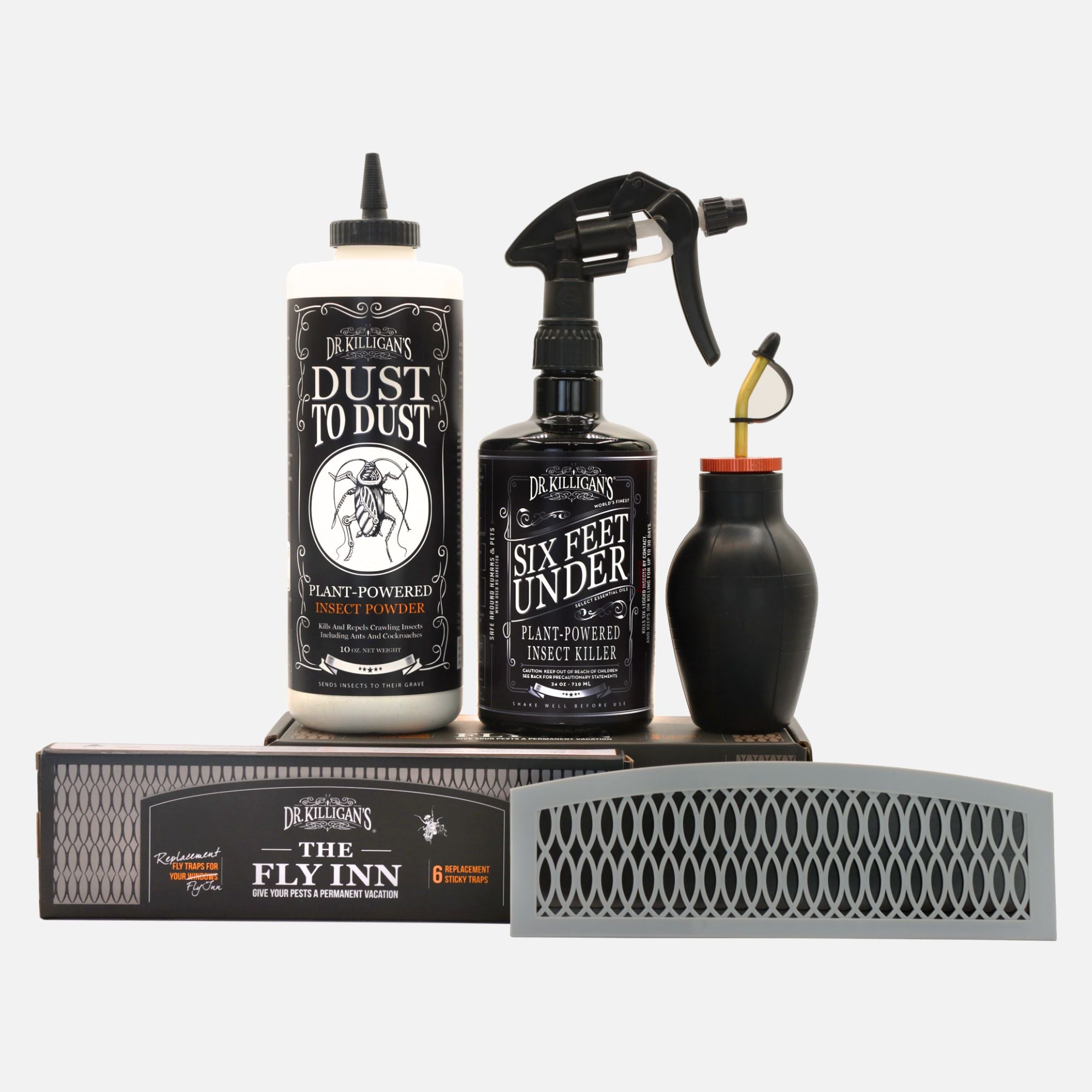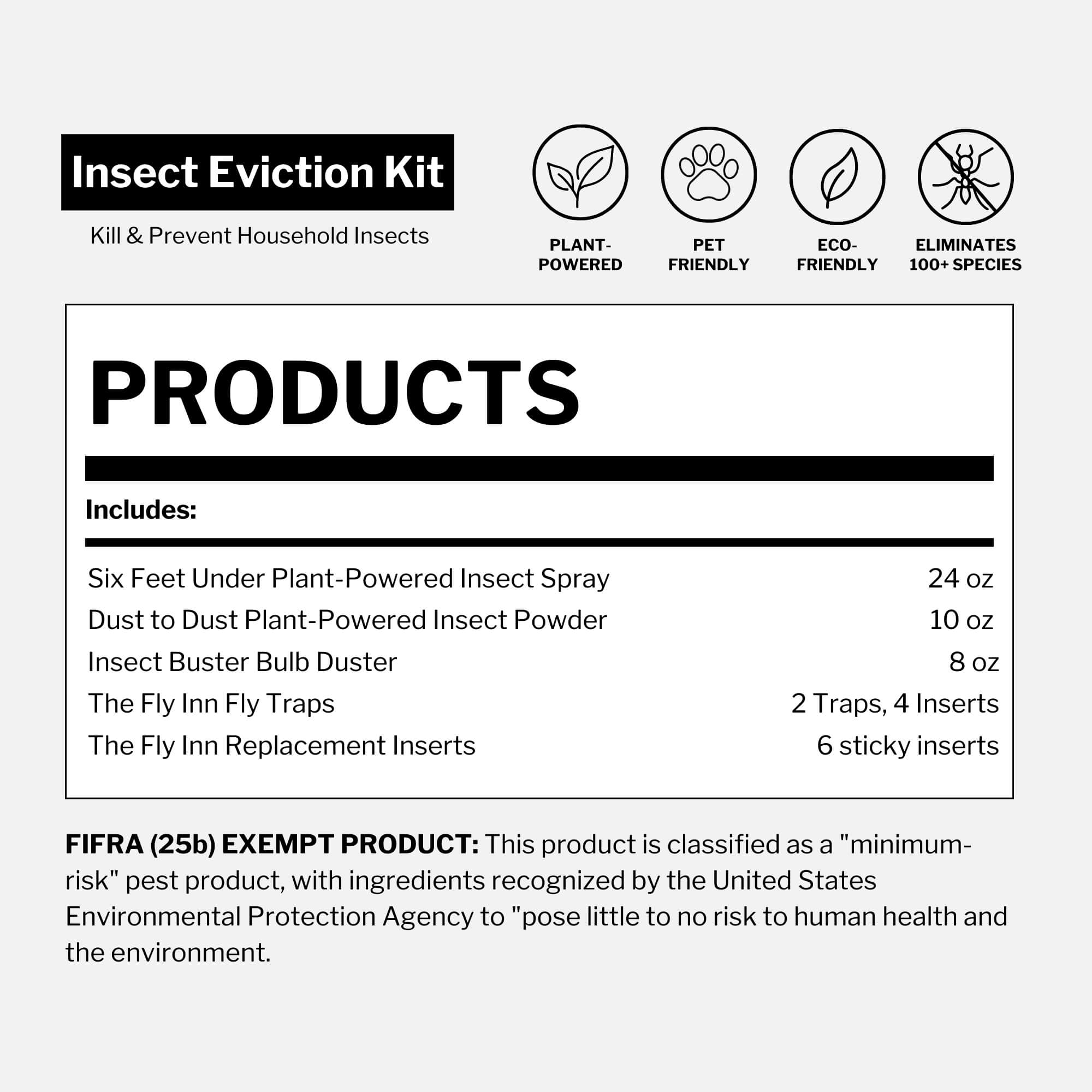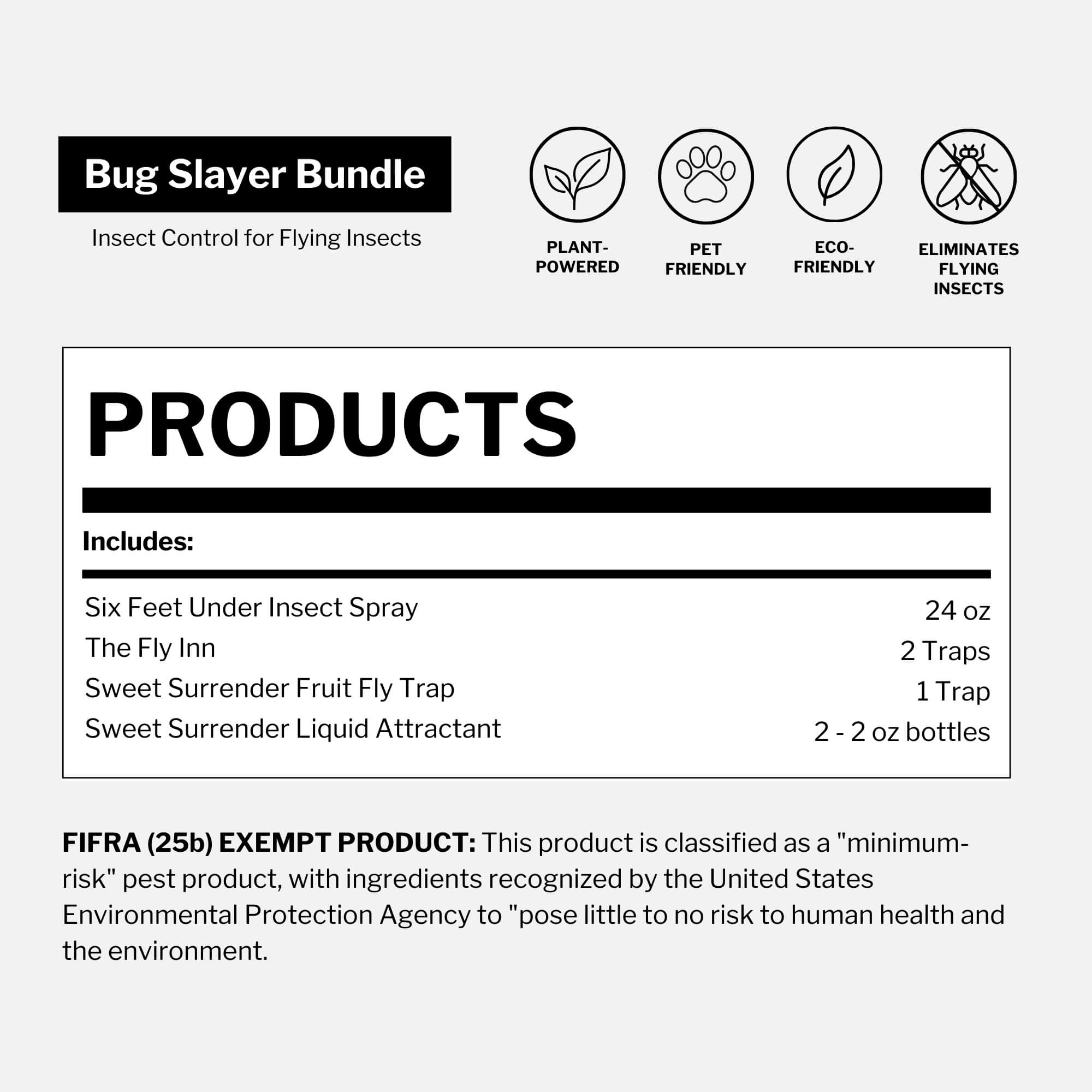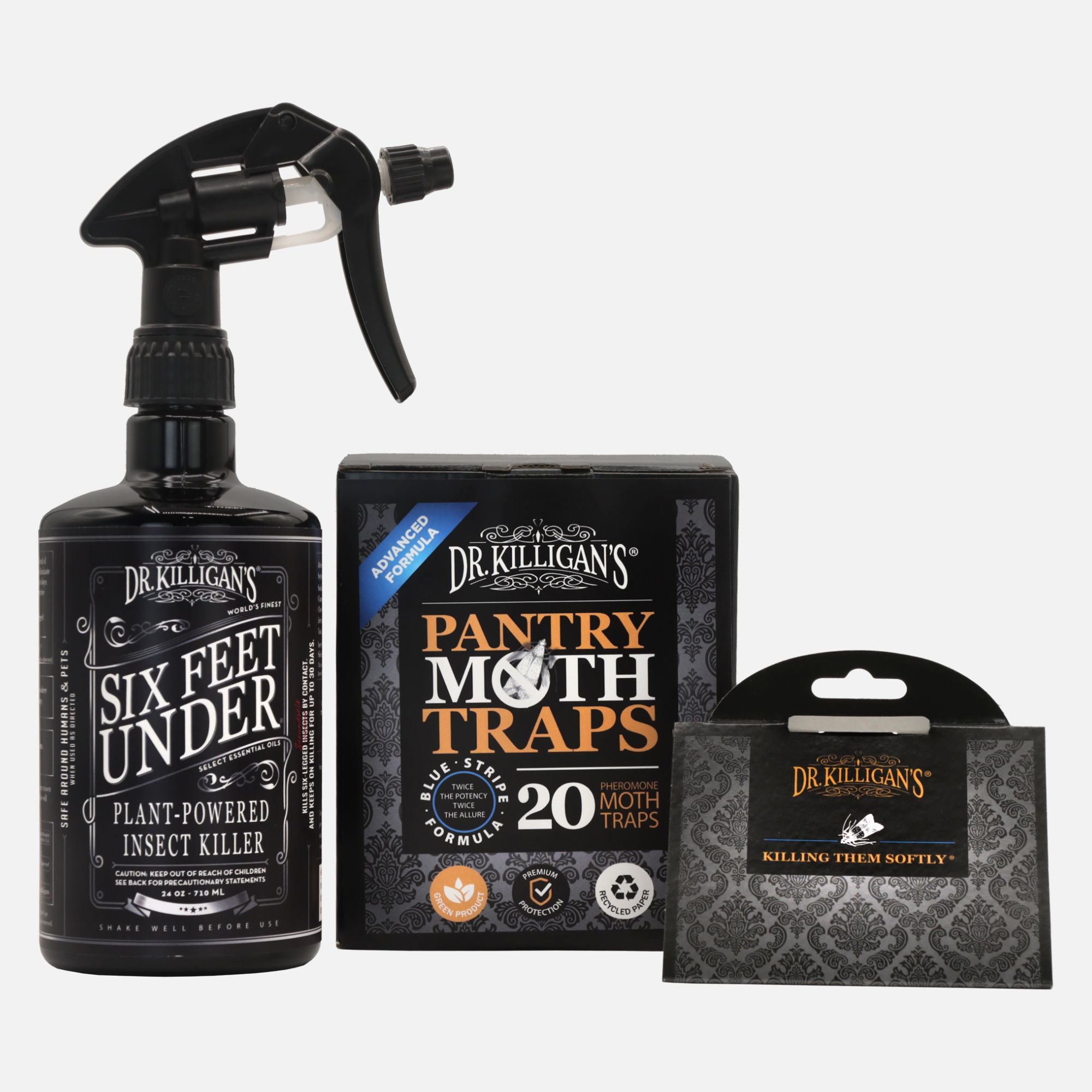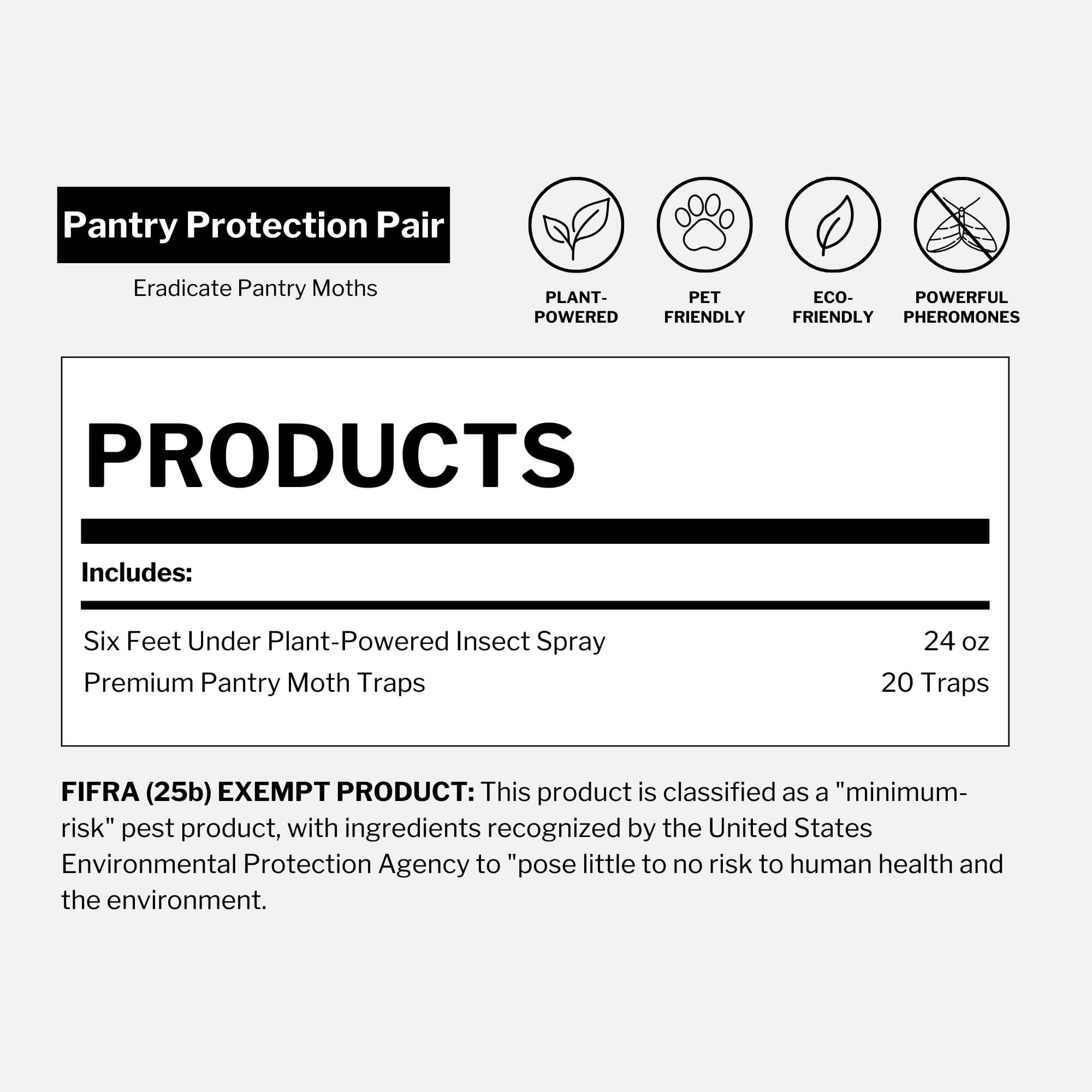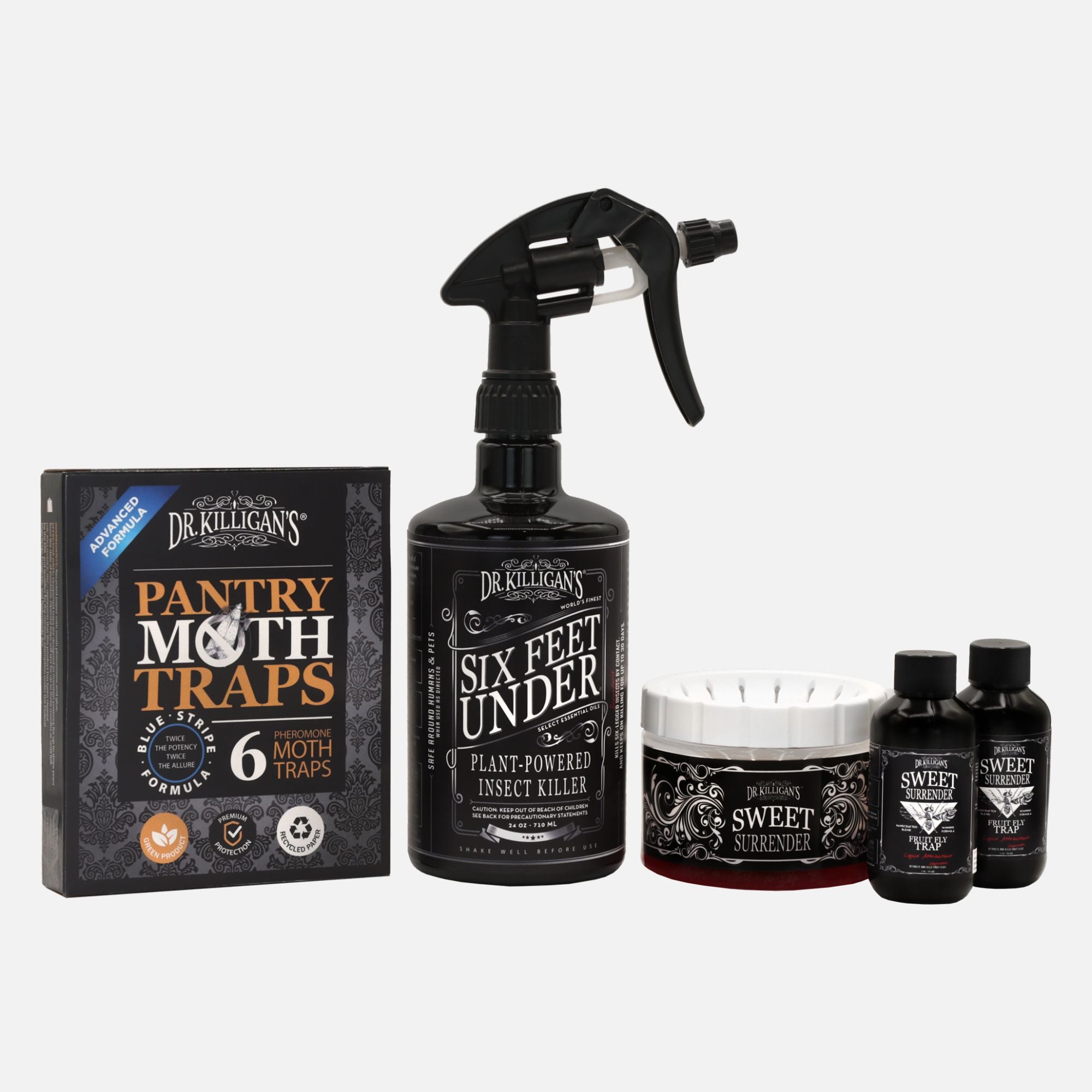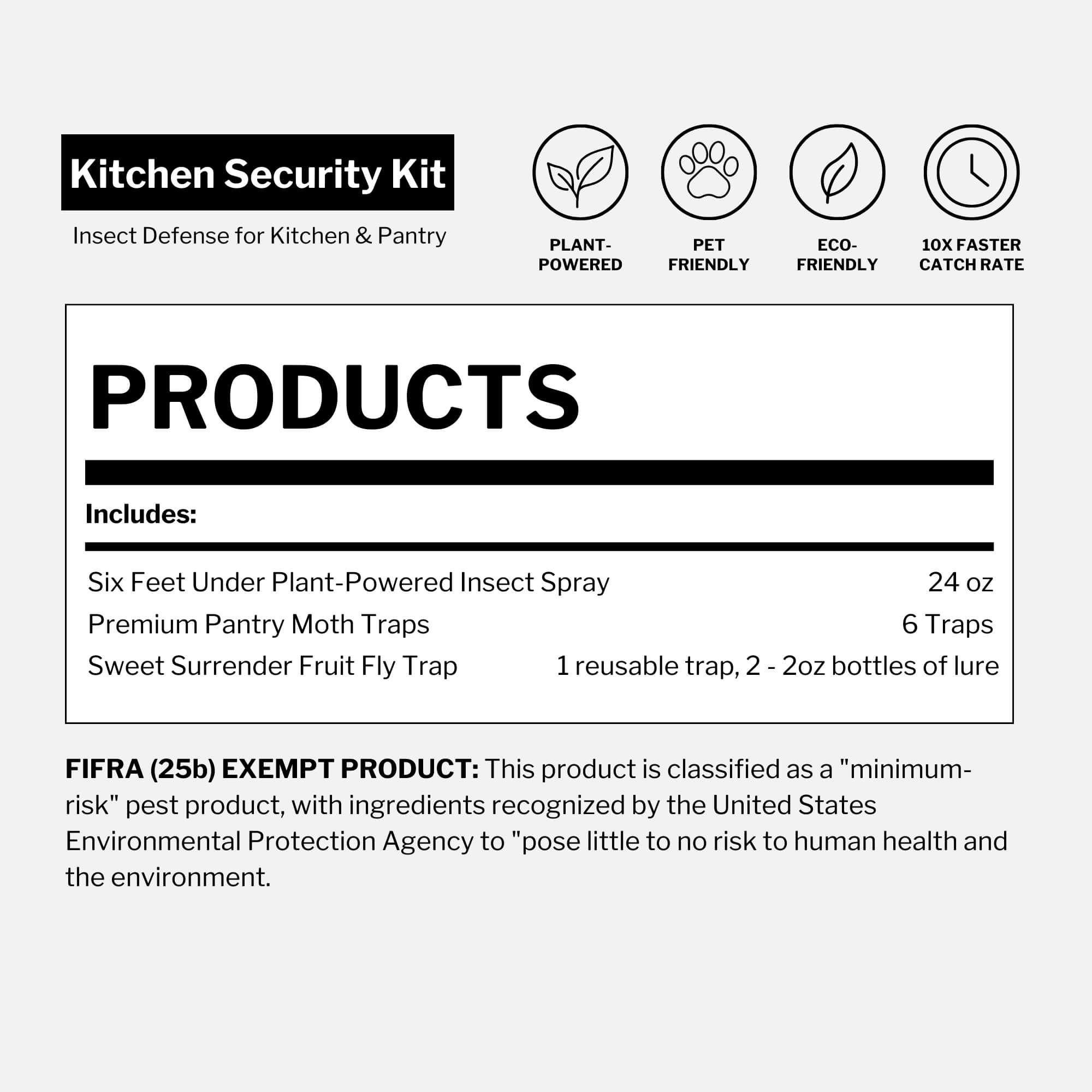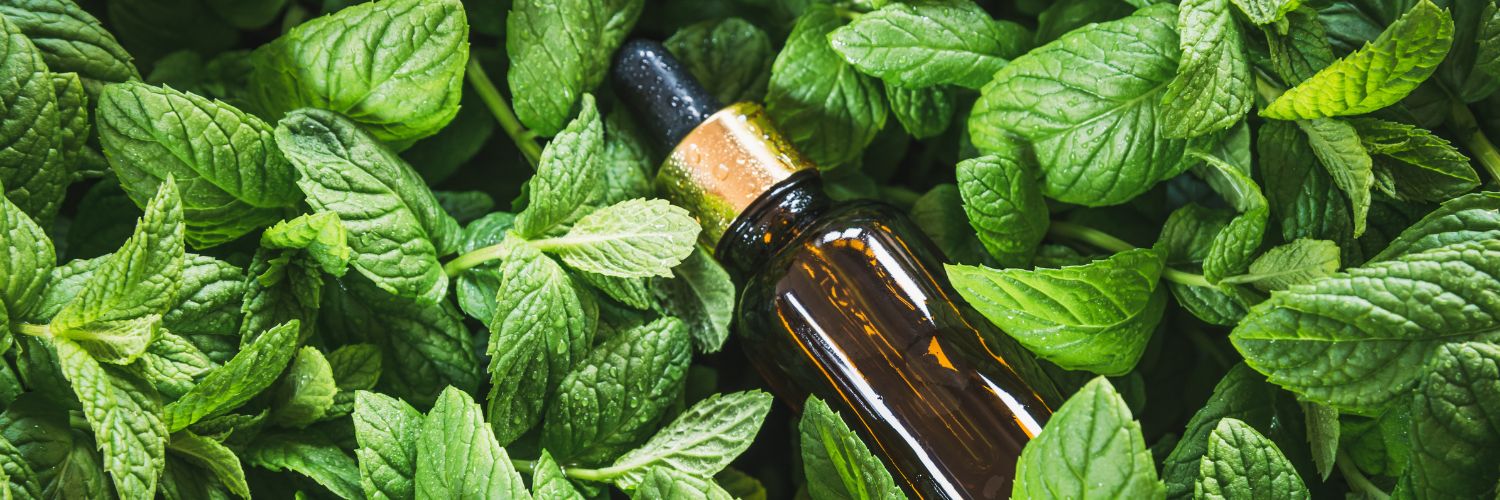Updated October 9, 2025
Fruit flies can appear any time fermentable residues are present, but activity often increases in late summer and peaks in the fall. Warmer temps speed up fermentation and reproduction and harvest months put more ripe produce on counters and in bins. Left unchecked, fruit flies come, they breed and they’re likely to stay. Three things make the season feel worse:
- Warmth speeds fermentation and shortens the time from egg to adult
- Harvest months mean more ripening fruit on counters, in compost and in recycling
- Small residues add up fast: sticky spots near sinks, under appliances, in bottles and bins
Fastest way to get rid of fruit flies now
Need the fastest path to relief? Do these steps in sequence.

Why? Fruit flies multiply fast: one female can lay dozens of eggs a day and, in warm kitchens, those eggs can become adults in about a week.
- Remove or cover overripe fruit and wipe sticky spots near the sink and fruit bowl
- Set Sweet Surrender Fruit Fly Trap at the source zone
- Rinse recyclables and empty small bins
- If you suspect drain buildup, clean the drain collar and run hot water
(If it’s actually drain flies, clean the drain—fruit-fly bait won’t help)
Prevent it before it starts
They find tiny food residues most people miss, so a little prep goes a long way.
- Store ripe fruit in the fridge or cover it
- Wipe sugary or vinegary residues near sinks, appliances and recycling
- Rinse bottles and containers before they go in the bin
- Place Sweet Surrender Fruit Fly Trap near produce zones at the first sign of activity
Hidden hotspots to check weekly
- Inside "empty" ketchup or condiment bottles
- Bottom of garbage or recycling bins
- Under-appliance spills and the fridge drip pan
- Potato or onion bins and nearby shelves
- Garbage disposal collars and sink drains
Why this matters
A short life cycle means small pockets of residue can turn into a lot of activity quickly. Staying ahead of those sticky spots and setting a trap early keeps problems from taking hold.
What attracts fruit flies (and where they hide)
Attracts: fermenting fruit, vegetable scraps, sweet drinks, vinegar residues, sticky spills, recycling drips, compost, bin interiors, alcohol and meat or produce that’s starting to decay.
Hideouts to check: drip pan under the fridge, potato or onion bins, garbage disposals and drains, recycling bin bottoms, “empty” condiment bottles, under-appliance spills and the bottom of garbage cans.
Sweet Surrender-where it fits
Use Sweet Surrender Fruit Fly Trap near fruit and sink zones when activity starts, or proactively during late summer and fall. Refresh according to the label. Pair with routine wipe-downs and good storage habits for best results.

Did you know? Fruit flies are a workhorse of biology research. Researchers estimate that roughly three-quarters of human disease-related genes have recognizable counterparts in fruit flies, which lets scientists study core biology in a simple model. Their small size and short life cycle make multi-generation studies practical.




